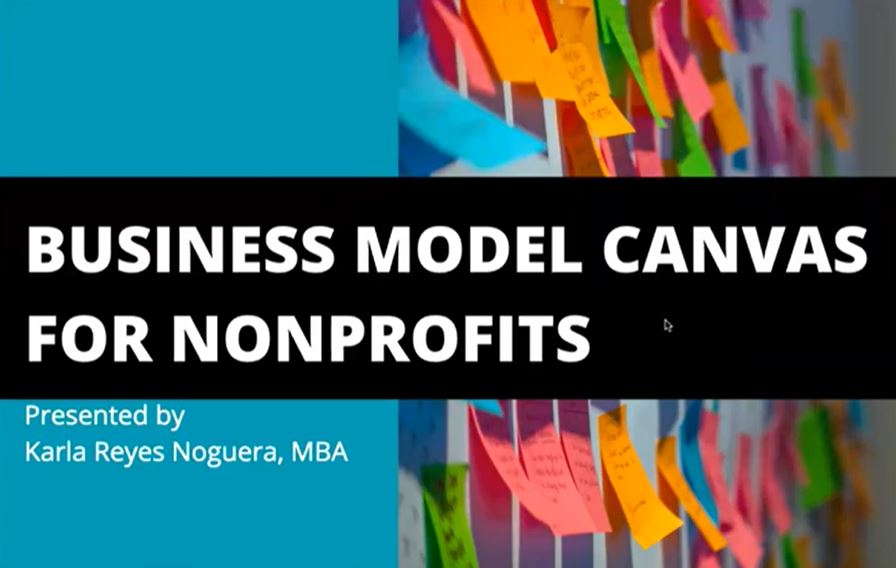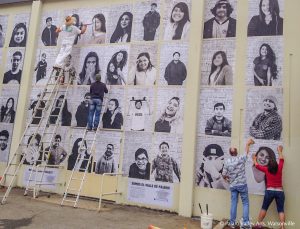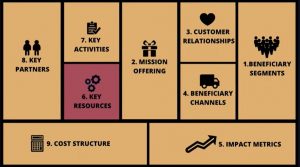
What’s on Your Canvas? Nonprofits Adjust Amid Uncertainty
 By Susie Polnaszek Director, Center for Nonprofit Excellence of the Community Foundation for Monterey County
By Susie Polnaszek Director, Center for Nonprofit Excellence of the Community Foundation for Monterey County
Almost every organization has had to adjust its operations due to COVID-19.
Our partners at El Pajaro CDC shared a useful tool, and I’d like to pass it along: the Business Model Canvas. This one-page resource helps you name the key aspects of your nonprofit organization and consider creative ways to strengthen your efforts during uncertain times. It can help bring new ideas and concrete strategy to your next steps, despite the uncertainty of what lies ahead.
What is the Business Model Canvas?
Karla Reyes Noguera, MBA, explains that the Business Model Canvas has been around since 2005. The original was developed by Alexander Osterwalder. Noguera has experience with nonprofit organizations and for-profit entrepreneurs, advising and presenting workshops. Her variation of the Business Model Canvas includes distinct components laid out on a visual “canvas” for your nonprofit business. Download the template to take a look for yourself.
It helps create new ways to deliver services, especially in times when your business model changes. The Business Model Canvas starts with nine boxes, though it can be expanded.”
They include:
- Beneficiary or donor segments, relationships and channels (customers)
- Mission offering or value proposition
- Impact metrics (revenue streams)
- Key resources, activities and partners
- Cost structure
Why is the Canvas Helpful Now?

Noguera offers that “with everything that’s been going on around us…we definitely have limited energy, limited capacity, limited everything. We’ve had to switch the way in which we do our work and serve our communities.” Taking time to pull together key information about your nonprofit can help you:
- Learn about and identify your specific customer segments, those who benefit from your services. These are relationships. As you nurture them, don’t be shy about asking for information and the perspective of customers and donors.
“People want to share, especially now. It’s about connection…people want to share with you their opinion…if you do a little market research about their values, you want to have conversations with them to learn more about your donors, to learn more about your clients in order to increase your probability of your program being successful. Just ask.”
- Create a canvas for each donor segment and beneficiary segment and use the tool to start conversations with your board members or leadership team.
- Identify any knowledge or assets of your team members that are currently underutilized or could be monetized.There may be possibilities to create new earned income streams, for example. What unique learning materials or historic photos, for example, are “sitting on the shelf” that customers might value?
Watch the Video of the Workshop
Local Nonprofit Tries the Tool
“After doing the exercise of putting together the nine aspects of the Business Model Canvas…I can see gaps that I wasn’t aware of. I now have a list of ideas to share with the board on how we can be more effective to help serve our community.” – Alan Crockett, Kiwanis Club of Carmel Valley
Thank you to El Pajaro CDC for partnering with the CNE on this training.

